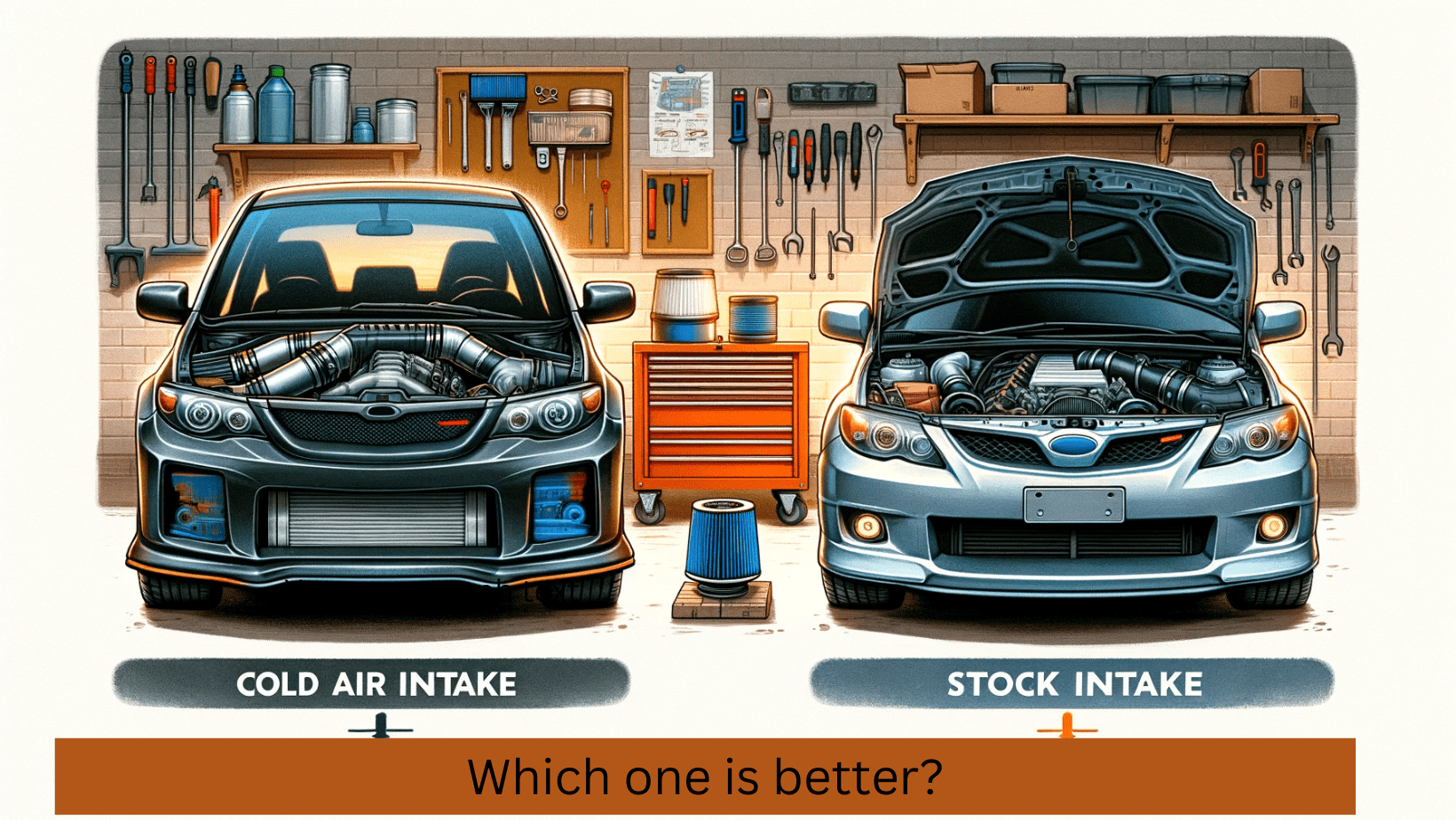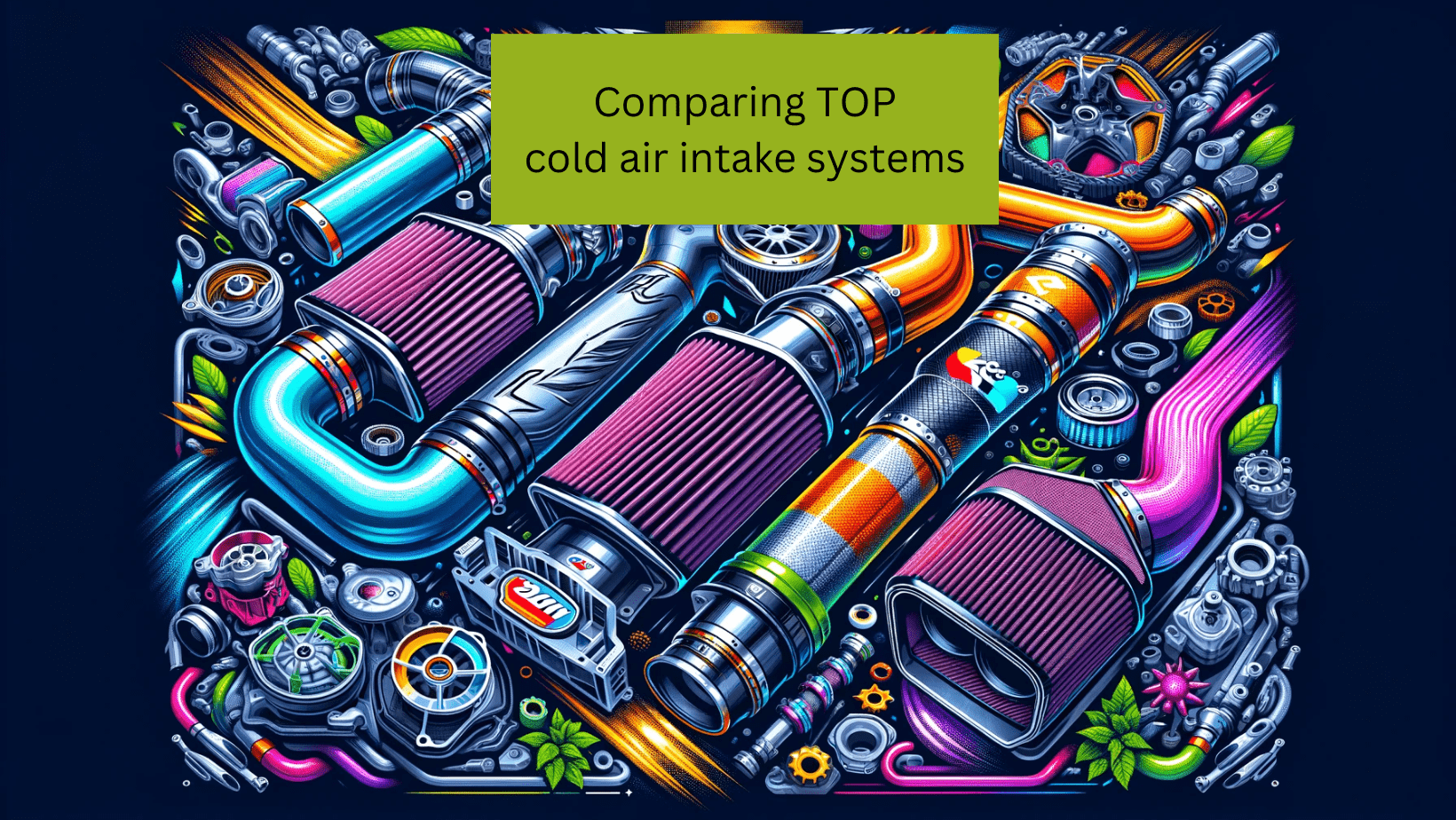Key Takeaways
| Aspect | Cold Air Intake | Stock Intake |
|---|---|---|
| Performance Gains | Potentially higher due to cooler air flow | Standard, with OEM specifications |
| Sound Enhancement | Often produces a more aggressive engine sound | Quieter, more subdued engine noise |
| Fuel Efficiency | Can improve due to increased air flow efficiency | Generally consistent, factory-optimized |
| Cost | Higher initial investment, but potential long-term benefits | Cost-effective, included in vehicle price |
| Installation | May require professional installation | Pre-installed, no additional setup needed |
Exploring the World of Intakes: Cold Air vs. Stock
Understanding the Basics
Intake systems are crucial for your vehicle’s performance, acting as the lungs of your engine. They control the air that is sucked into your car’s engine for combustion. The two primary types are cold air intakes and stock intakes.
A cold air intake system is designed to draw air from outside the engine bay, typically cooler and denser, leading to increased combustion efficiency and hence, improved performance. On the other hand, stock intakes, which come installed in vehicles from the manufacturer, are designed to balance efficiency, noise reduction, and emission standards.
Performance Comparison
When it comes to enhancing performance, cold air intakes often take the lead. By drawing in cooler air, they can improve combustion, resulting in more horsepower and torque. This is particularly beneficial for performance enthusiasts looking to boost their vehicle’s capabilities. Discover more about this in our detailed guide on Cold Air Intake Benefits.

Stock intakes, while not offering the same performance boost, are designed for optimal balance in everyday driving conditions. They ensure your vehicle meets emission standards and often require less maintenance.
Sound and Aesthetics
One notable difference is the sound. Cold air intakes can significantly change the sound of your vehicle, giving it a more aggressive and pronounced roar. Learn about how cold air intakes can increase your car’s sound.
Stock intakes, in contrast, maintain a more subdued sound profile, in line with the overall design and character of the vehicle as envisioned by the manufacturer.
Fuel Efficiency and Environmental Impact
Regarding fuel efficiency, cold air intakes have an edge. The cooler air allows for more efficient combustion, which can lead to better mileage. However, this can vary based on driving conditions and the specific model of the intake. For more insights, delve into how cold air intakes can lead to fuel efficiency improvements.
Stock intakes are designed to comply with environmental regulations, making them a more eco-friendly option in many cases.
Cold air vs stock intakes: Fuel Efficiency and Environmental Impact
| Aspect | Cold Air Intake | Stock Intake |
|---|---|---|
| Fuel Efficiency | Potentially improved due to more efficient combustion | Consistent, optimized for standard use |
| Environmental Impact | Varies; can affect emissions depending on design | Generally adheres to stricter emission standards |
| Combustion Efficiency | Enhanced by cooler, denser air intake | Optimized for standard driving conditions |
| Impact on Mileage | Can lead to better mileage in some cases | Designed for balanced fuel consumption |
| Regulatory Compliance | May need to check for emissions compliance | Meets OEM standards for emissions control |
In-Depth Analysis: Cold Air Intake Systems
Tuning and Customization
Cold air intake systems offer greater scope for customization and tuning. Whether you own a 6.6 Duramax or a Honda Civic, there’s a cold air intake system designed to optimize your vehicle’s performance. Explore options for specific models like the 6.0 Vortec or the Ram 1500 5.7 Hemi.
Impact on Vehicle Components
It’s important to consider the impact of these systems on other vehicle components. In some cases, there can be issues, such as transmission problems, that arise from installing a cold air intake. Understanding these potential challenges is vital for making an informed decision.

Comparing Brands and Types
Various brands and types of cold air intakes offer different benefits. Comparing options like S&B vs. K&N can help determine which is best suited for your needs. Check out our comparison of S&B vs. K&N for a detailed overview.
Conclusion: Making the Right Choice
Choosing between a cold air intake and a stock intake depends on your priorities. If performance and customization are your goals, a cold air intake might be the way to go. For those prioritizing cost-effectiveness and simplicity, sticking with the stock intake is a wise choice.





